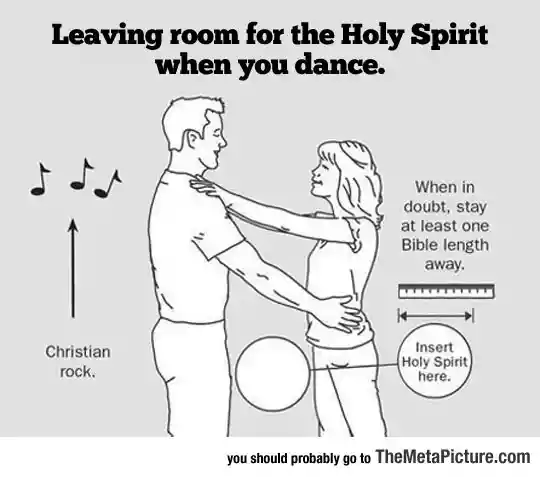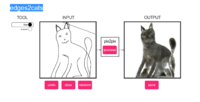You are using an out of date browser. It may not display this or other websites correctly.
You should upgrade or use an alternative browser.
You should upgrade or use an alternative browser.
Absurdism corner
- Thread starter Bosbeetle
- Start date
Null
Snug
ClockworkCoder
Chaotic Neutral
Ah, so that's how the virgin conception occurred (hint: "Christian rock" looks taller than the holy bible).
Null
Snug
kuru
Sadly, again: Je suis Charlie
^ To be fair, they tried hard to avoid parking on that lawn
Null
Snug
Null
Snug
kuru
Sadly, again: Je suis Charlie
ible
professional vim user
https://www.npr.org/sections/health...cute-is-too-much-the-brain-can-get-aggressiveThat suggests people who think about squishing puppies appear to be driven by two powerful forces in the brain.
ClockworkCoder
Chaotic Neutral
Null
Snug
Null
Snug
rygD
Nihilistic Mystic
Someone didn't count when writing the script:
Meh. Should I mention the coffee?
"Art"
At the risk of derailing this thread from its purpose, I did have a thought that goes some way towards explaining what people see in that sort of thing:
- All art is a combination of the predictable and the random. Neither pure randomness nor pure predictability are enjoyable, but everyone has a different preferred mixture of the two.
- Individuals become better at predicting features of artwork through study and experience, and so their tastes drift towards the increasingly bizarre and chaotic as they struggle to hold onto the joy of the unexpected. By contrast, a baby's attention can be engaged with only the simplest colours, shapes and scenes.
- The random/predictable quality of a work of art can be inherent (chessboards are predictable, Pollock's paint dribbles aren't), but it can also be contextual. A generic photo of the Eiffel Tower is predictable, not because it is simple, but because you've seen so many like it.
- Different individuals have greater of lesser tendency to view things in an isolated fashion (programmers are really good at compartmentalised thinking) or in a wide context (common in humanities)
The risk (to my mind) of that sort of thinking, where work is celebrated for being unusual in its field, is that it invites unskilled and exploitative 'artists' who generate random nonsense without any thought for what it might mean, or who might enjoy it. They just want the cash.
I don't say all unconventional artists are like that - but I suspect it's more common than the same trait in the classical arts.
Now, to get back on topic:
"A dyslexic girl walks into a bar"
Null
Snug
Null
Snug
Similar threads
- Replies
- 29
- Views
- 6K












